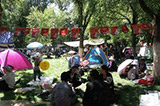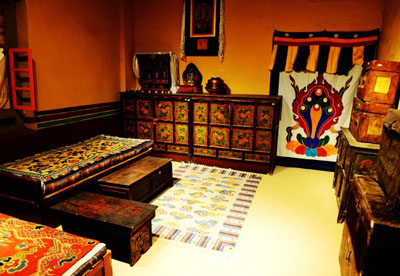 Weisang-A Pine Branch Burning Ceremony
Weisang-A Pine Branch Burning Ceremony Enjoy Lingka-Tibetan’s Leisure Time in the Parks
Enjoy Lingka-Tibetan’s Leisure Time in the Parks 10 Disrespectful Behaviors You Should Avoid in Tibetan Monasteries
10 Disrespectful Behaviors You Should Avoid in Tibetan Monasteries Living Epic of King Gesar
Living Epic of King Gesar Etiquettes in Tibet
Etiquettes in Tibet Do's & Don'ts
Do's & Don'ts Wind Horse Flags-Prayer in the Wind
Wind Horse Flags-Prayer in the Wind General Tibetan Customs
General Tibetan Customs Sky Burial Custom in Tibet
Sky Burial Custom in Tibet Mani Stones in Tibet
Mani Stones in Tibet Tibetan Dwelling Customs and Etiquette
Tibetan Dwelling Customs and Etiquette Tibetan Marriage Customs
Tibetan Marriage Customs Tibetan New Year Celebration
Tibetan New Year Celebration